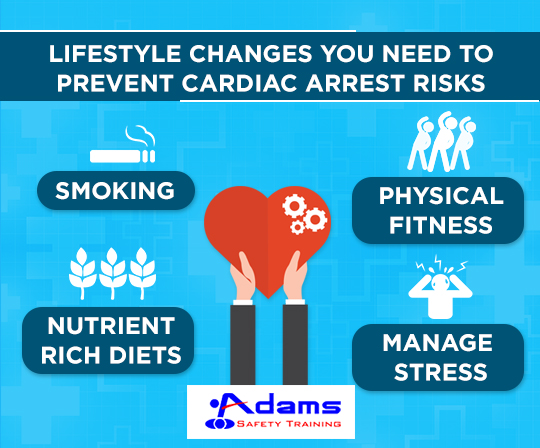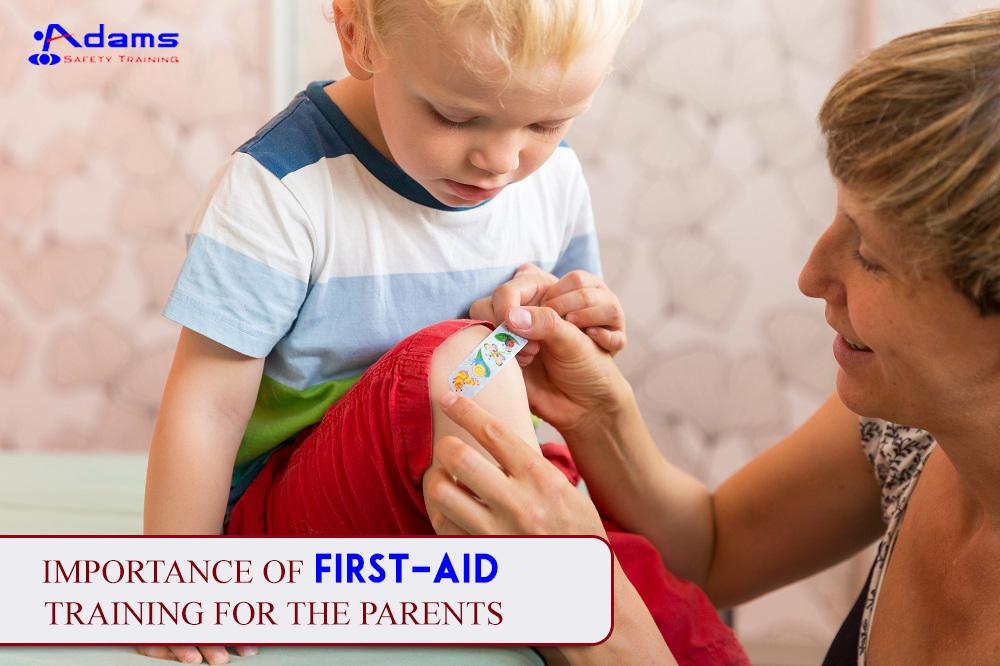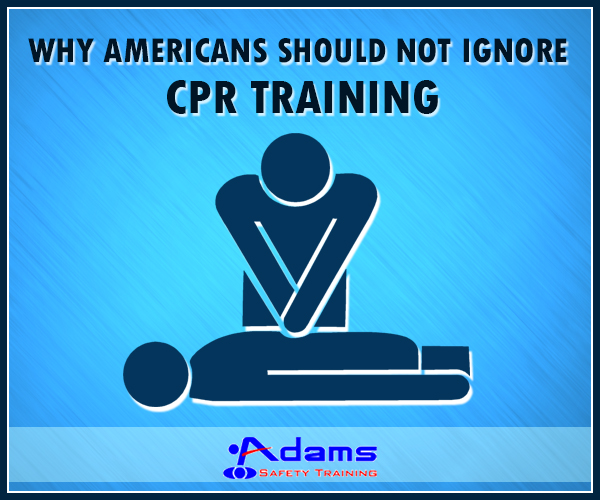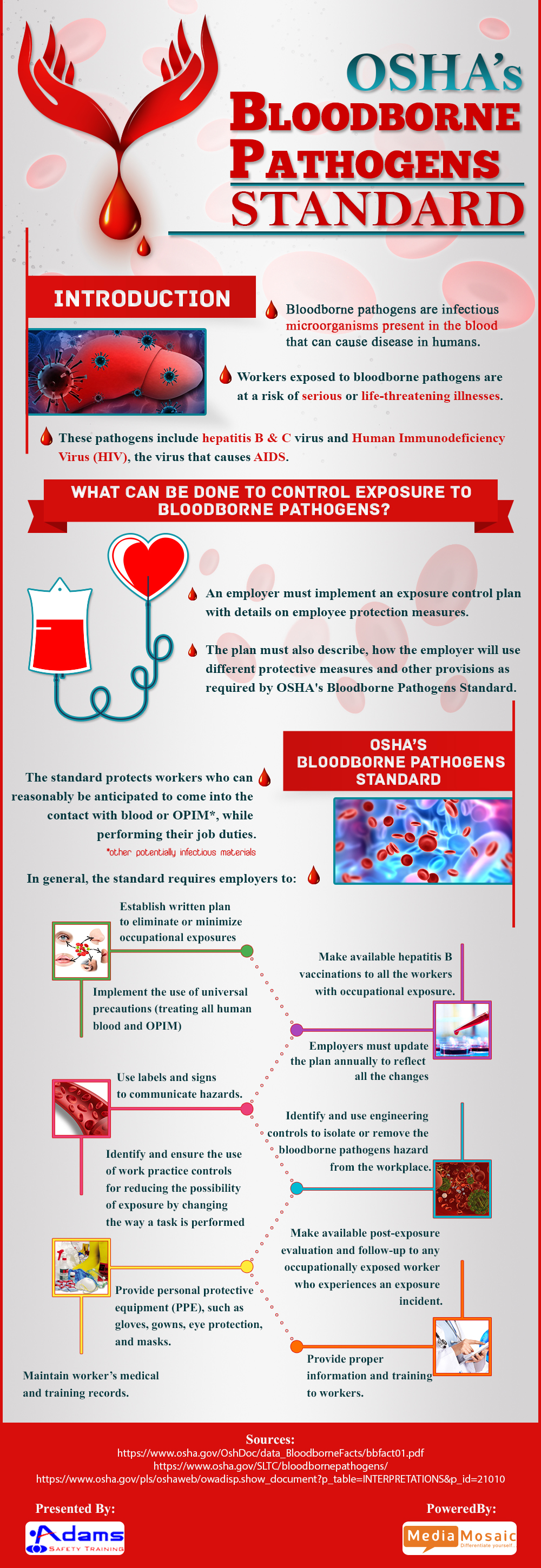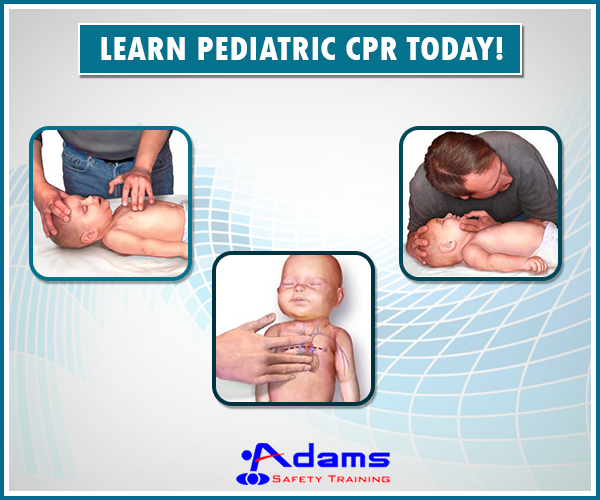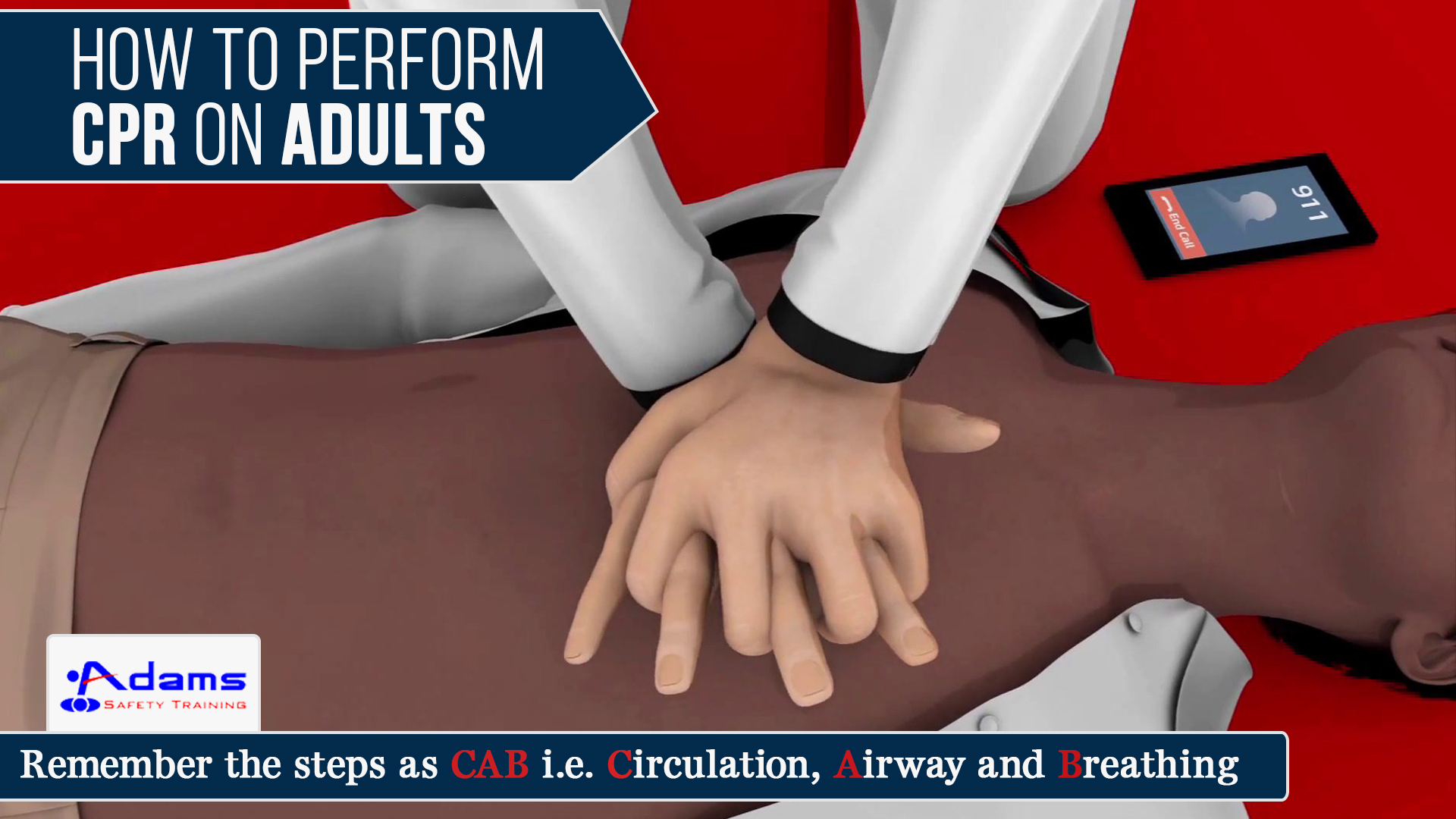Have you ever felt that surge of panic when your loved ones or rather any stranger is suffering from a stroke and you are too stunned to move because your mind has stopped working and you don’t know what to do?! It’s not always possible for a doctor to step up at every place in the hour of emergency; anyone who is aware of the CPR techniques can be of help.
CPR, known as Cardiopulmonary Resuscitation is an important live saving skill which everyone should be aware of even if you’re a medical professional or not. You don’t want to lose someone you love just because you didn’t have time to opt for this life saving training program.
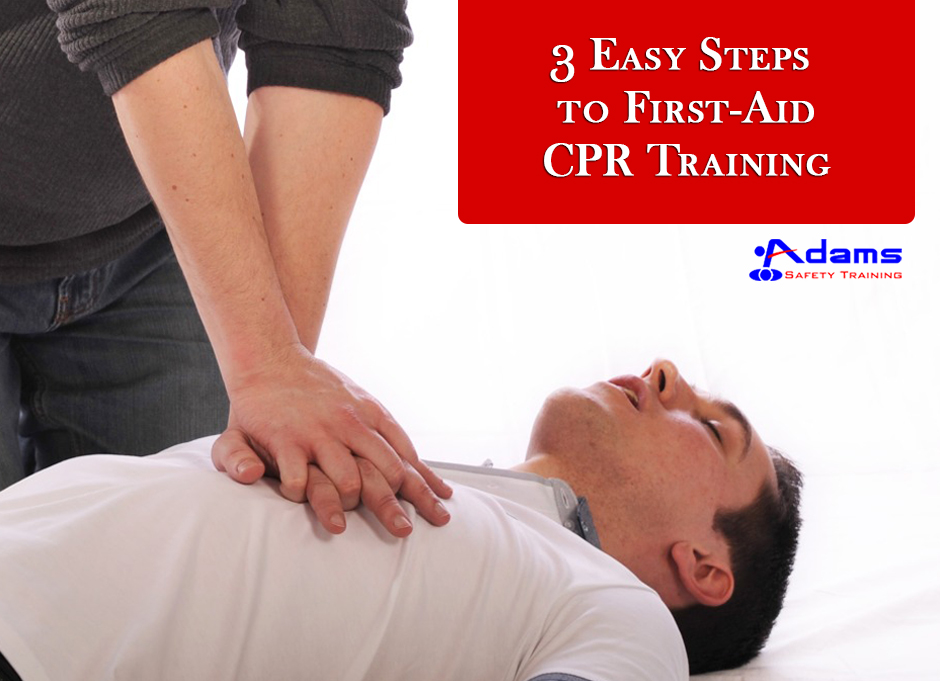
The method of CPR can be summarized in 3 easy steps. If the patient isn’t responding and not breathing, immediately make a call to 911 where the adviser can also assist you with the CPR instructions. Afterwards, begin with the chest compressions at a rate 100 compressions per second at least to start the blood flow to the patient’s heart. Pinch the victim’s nose and cover his/her mouth with your and blow for 1 second. Keep it repeating until you see the chest rising. Continue the CPR with 30 chest pumps and 2 breaths until help arrives

